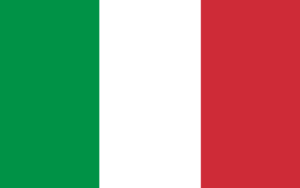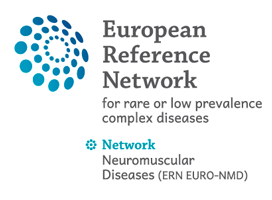Contact
Massimo Marra
- Member of the Patient Advisory Board

Massimo Marra, following a personal experience, founded the Italian Association Against Dysimmune Neuropathies in 2012 to address issues related to access to treatment in Italy. Since then, he has been actively involved in promoting information and awareness campaigns, supporting awards and grants for young researchers, and advancing research on improving patients’ quality of life.
Massimo is particularly interested in the importance of listening to the needs of patients and their families, as well as exploring how and what can be done to provide effective solutions.
Contact me at pab@ern-euro-nmd.eu
a) Tell us a little bit about yourself
I am a patient who faced the disease in a context of limited information, few hospital centers equipped to provide a diagnosis, uncertainty in care management, and a scenario where all therapies were entirely off-label. I founded the Italian Patient Association precisely to prevent others from encountering the same difficulties I experienced.
b) What is your role in EURO-NMD
As a member of the Patient Advisory Board (PAB), my role is to represent the voice of patients with peripheral neuropathies, ensuring that their needs and perspectives are taken into account in the network’s activities. I actively participate in discussions on patient-centered initiatives, technological innovation, and research priorities.
c) What are your expectations from the network
I hope that EURO-NMD will continue to promote collaboration among clinicians, researchers, and patient organizations to foster innovation in the diagnosis and treatment of neuromuscular diseases. Furthermore, I expect the network to encourage patient engagement and ensure that technological and research advancements translate into tangible improvements in the quality of life for patients across Europe.

